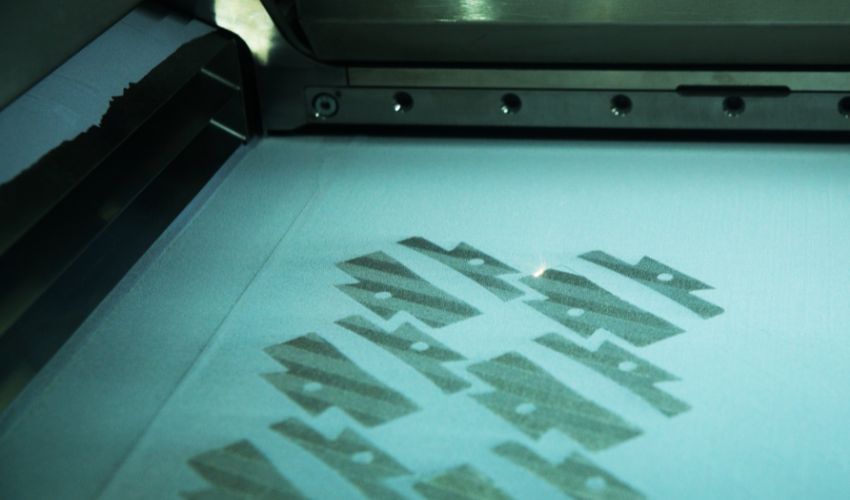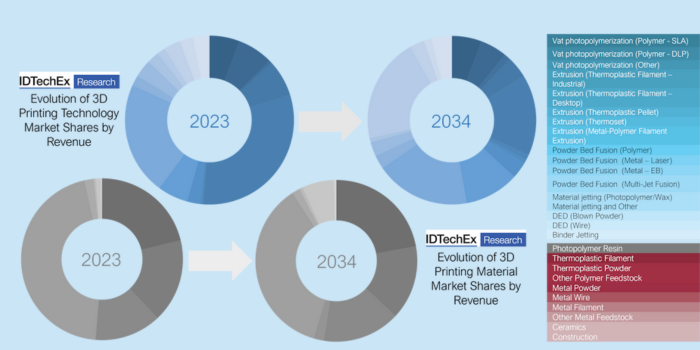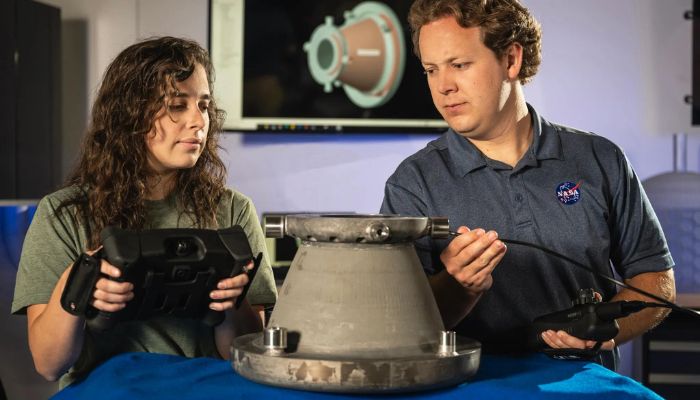#3DOpinion | What Is the State of the AM Market in the Beginning of 2024?

We’ve all seen the headlines. Coming to the end of 2023 and the beginning of 2024, the 3D printing market has been inundated with thought pieces with titles claiming that 3D printing was dying, or that it failed to live up to its expectations. Certainly, it could seem that case when seeing the increased difficulties that publicly traded companies are facing, as well as several high-profile failed mergers and acquisitions over the course of the year. But is it really all that bad?
Even overlooking the sensationalism, it is true that last year was a difficult one for additive manufacturing. We saw a reduction in sales across the board and serious questions were raised about AM’s future. That said, there is a lot of positive in the industry right now and doomsday predictions will not help address actual issues. Let’s take a look at the current state of the market as well as what the AM sector can do to address the problems it is facing.
The Continued Growth of the AM Market
As mentioned, it is an undeniable fact that the additive manufacturing market is still growing and thriving in many ways. Yes, many manufacturers saw lowered sales of printers, notably when it comes to industrial solutions. Additionally, as a direct result of this, we saw a number of layoffs which seriously raised questions about the health of the market, but that is only part of the picture.
Independent market research companies are still predicting growth in AM. IDTechEX, for example, has forecasted the market will continue to grow to be worth $49B by 2034, putting an emphasis especially on hardware and material sales. This in and of itself is a positive trend, and one we have seen in multiple reports, including those looking more closely at purely polymer or metal 3D printing. We are also still hiring within 3D printing, especially among up-and-coming companies.

A report from IDTechEx, released in early 2024, shows where they expect to see growth in the AM market over the next 10 years (image credits: IDTechEx)
This growth can also be seen in the organizations that are continuing to use additive manufacturing. In the past year or so, we have seen news of major OEMs like Airbus, Boeing, Adidas, Ferrari, Aston Martin, Ford and many more who are using 3D printing. Not only that, but the American military, especially the Navy, is increasingly showing its confidence in additive manufacturing technologies, as is NASA. Although, in the latter case, recent layoffs at the Jet Propulsion Lab, including those working on 3D technologies, due to budget cuts could be a worrying sign for the industry (even if it is far too soon to tell if it will have an impact on the adoption of new and innovative processes like AM).
These show, as well, the clear importance of industrialization of additive manufacturing, even as signs show that it has become less profitable than commercial applications. With the rise of companies like Bambu Lab, it is perhaps undeniable that consumers are concerned with cost when it comes to purchasing new 3D printers. But even if they are a large part of the market, they are not where we see the staying power of 3D printing. That comes in creating industrial-grade parts, with mass production especially being targeted as an area where AM can continue to grow.
A Need to Restructure Our Thinking
Of course, that brings us to another point that is quite important: the additive manufacturing sector may need to take a closer look at its own priorities. We heard it last year from many sources, but one issue in AM is this laser-focus on sales at the expense of all else. Yes, making money is undeniably important and we should be capitalizing on the buzz that came out for 3D printing after the pandemic, but selling machines for the sake of selling machines will not help the industry as a whole. That strategy is too short-term if we truly want to grow additive manufacturing.
But how can this be addressed? Well, to truly move past the “hype” of 3D printing, it is necessary instead to look at how the industry engages with those who are novices to the technologies. AM is well-established in aerospace, medical and even automotive, but there is still a lot more potential. To truly take advantage of that, the technologies should be made to serve applications rather than the other way around.

With organizations like NASA adopting 3D printing for things like rocket engines, it is clear it has its place. Now it is necessary to show the vast applications of the technologies (photo credits: NASA)
What does this mean? Well, simply put, more R&D should be put into developing processes that are suited for a specific purpose rather than a “one-size-fits-all” model. Additionally, education should center on these applications, showing more people exactly what additive manufacturing can do. This will go a long way in convincing people outside additive manufacturing of its value and also making it easier to see its benefits. If people think AM is overrated, it is because they cannot understand its true value, and it is the job of the sector to show that.
What’s the Verdict?
All this to say that, no, nothing is as bleak as it seems. There are many opportunities for growth for 3D printing and when you get down to the numbers the market still seems healthy. Even if there are a fair number of companies that are struggling at this point.
However, ultimately, it is impossible to predict exactly what all these things will mean for the industry. Boom and bust cycles are a natural part of larger economic trends, including in specific sectors. Not to mention, though it is natural to focus on our own industry, most are suffering at this moment, especially in tech, due to larger issues worldwide including wars, continued supply chain issues, etc.
It is alright to know that some times are more profitable than others and rather than speed into making additive manufacturing into a multi-billion-dollar industry, focus on ensuring that more and more people are versed in what exactly the technologies can do. This in turn will lead to a natural adoption of AM (even if it may be slower than desired). In any case, it will be interesting to see what ups and downs we see in the sector as 2024 goes on.

Overall it seems clear that additive manufacturing will continue to grow, including industrial 3D printing, even if the market is experiencing difficulties
The views and opinions expressed in #3DOpinion are those of the authors and do not necessarily reflect the official policy or position of 3Dnatives. Any content provided by our authors are of their opinion and are not intended to malign any religion, ethnic group, club, organization, company, individual or anyone or anything.
What do you think? How would you consider the state of additive manufacturing as we start off 2024? Let us know in a comment below or on our LinkedIn, Facebook, and Twitter pages! Don’t forget to sign up for our free weekly newsletter here, the latest 3D printing news straight to your inbox! You can also find all our videos on our YouTube channel.






